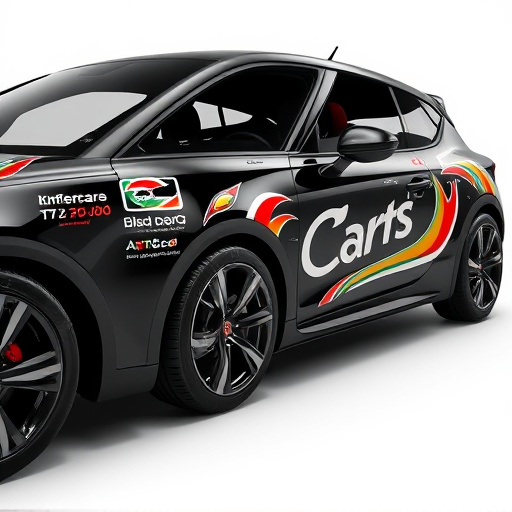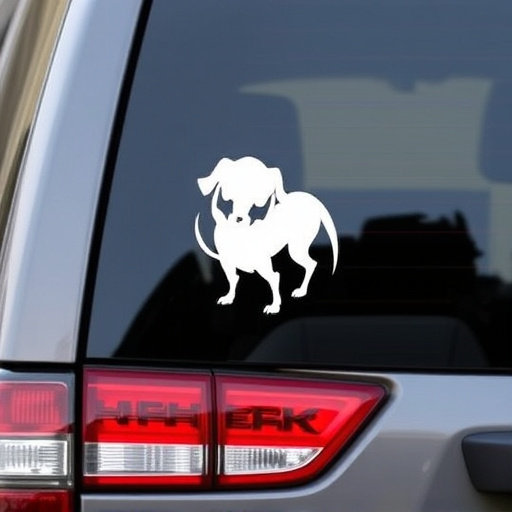Brand identity design is the visual representation of a company's core values and unique selling points, fostering consumer recognition and trust. It aligns brand attributes with target audiences, market trends, and environmental factors for strategic impact. In vehicle enhancements like window tinting or wraps, it becomes mobile advertising, capturing attention in competitive environments. A powerful brand identity includes storytelling, unique visual elements, and consistent tone of voice, as seen in service-based businesses where design reflects expertise and value proposition.
In today’s competitive market, aligning your brand identity design with strategic market positioning is key to success. This comprehensive guide explores how to create a powerful visual narrative that resonates with your audience. We’ll delve into defining brand identity—its essence and components—and understand its symbiotic relationship with market positioning. Learn how to translate core brand values into tangible visuals, from logo and color palette to typography, ensuring consistency across all mediums.
- Understanding Brand Identity Design
- – Definition and significance of brand identity design
- – Key components of a strong brand identity
Understanding Brand Identity Design

Brand identity design is more than just a logo or color scheme; it’s the visual embodiment of a brand’s essence and purpose. It’s the sum total of all the elements that contribute to how a brand is perceived by its audience, from typography and imagery to tone of voice and overall aesthetic. A strong brand identity design not only differentiates a company from competitors but also fosters instant recognition and builds trust with consumers.
At its core, effective brand identity design involves understanding the unique selling points (USPs) and values that set a brand apart. This includes considering the target audience, market trends, and even environmental factors. For instance, protective coatings or scratch protection might be crucial elements in designing brand identities for products exposed to harsh conditions, while UV protection could be a key consideration for brands associated with outdoor activities. By seamlessly integrating these elements into the design, companies can create an identity that resonates with their target market and leaves a lasting impression.
– Definition and significance of brand identity design

Brand identity design is the visual representation of a company’s essence, values, and purpose. It encompasses everything from a brand’s logo and color palette to typography choices and overall aesthetic. Think of it as the unique fingerprint that makes a brand instantly recognizable. This visual language not only distinguishes a business from its competitors but also communicates key messages about what the brand stands for and who it serves.
In the context of vehicle enhancements like window tinting or vehicle wraps, brand identity design plays an even more crucial role. A well-designed wrap or tint can transform a car into a moving billboard, showcasing a company’s personality and values on the road. This mobile advertising offers a powerful opportunity to capture attention and build brand awareness among target audiences in a dynamic and highly competitive environment, such as bustling urban streets or busy highways.
– Key components of a strong brand identity
A strong brand identity goes beyond a catchy logo or color palette; it’s the essence of what makes a company unique and memorable. Key components include a compelling brand story, distinct visual elements like typography and imagery, and a consistent tone of voice that resonates with the target audience. For businesses offering services like automotive detailing or professional PPF (Protective Coatings) installation, this identity must reflect both their expertise and the value they bring to customers.
Visual cues play a significant role in brand identity design. This includes logo design, color schemes, and overall aesthetics that should align with the brand’s values and the services it provides. For instance, a company specializing in PPF installation might opt for sleek, modern designs reflecting precision and protection, while maintaining a professional yet approachable tone through their messaging to connect effectively with their market segment.
Brand identity design is not just about creating an aesthetically pleasing logo; it’s a strategic process that intertwines with market positioning. By understanding the core values and unique selling points of a brand, designers can craft an identity that resonates with the target audience. This alignment ensures that every visual element, from typography to color choices, effectively communicates the brand’s essence, setting it apart in a competitive market. A cohesive brand identity design not only captivates customers but also fosters loyalty and strengthens the brand’s market positioning.














